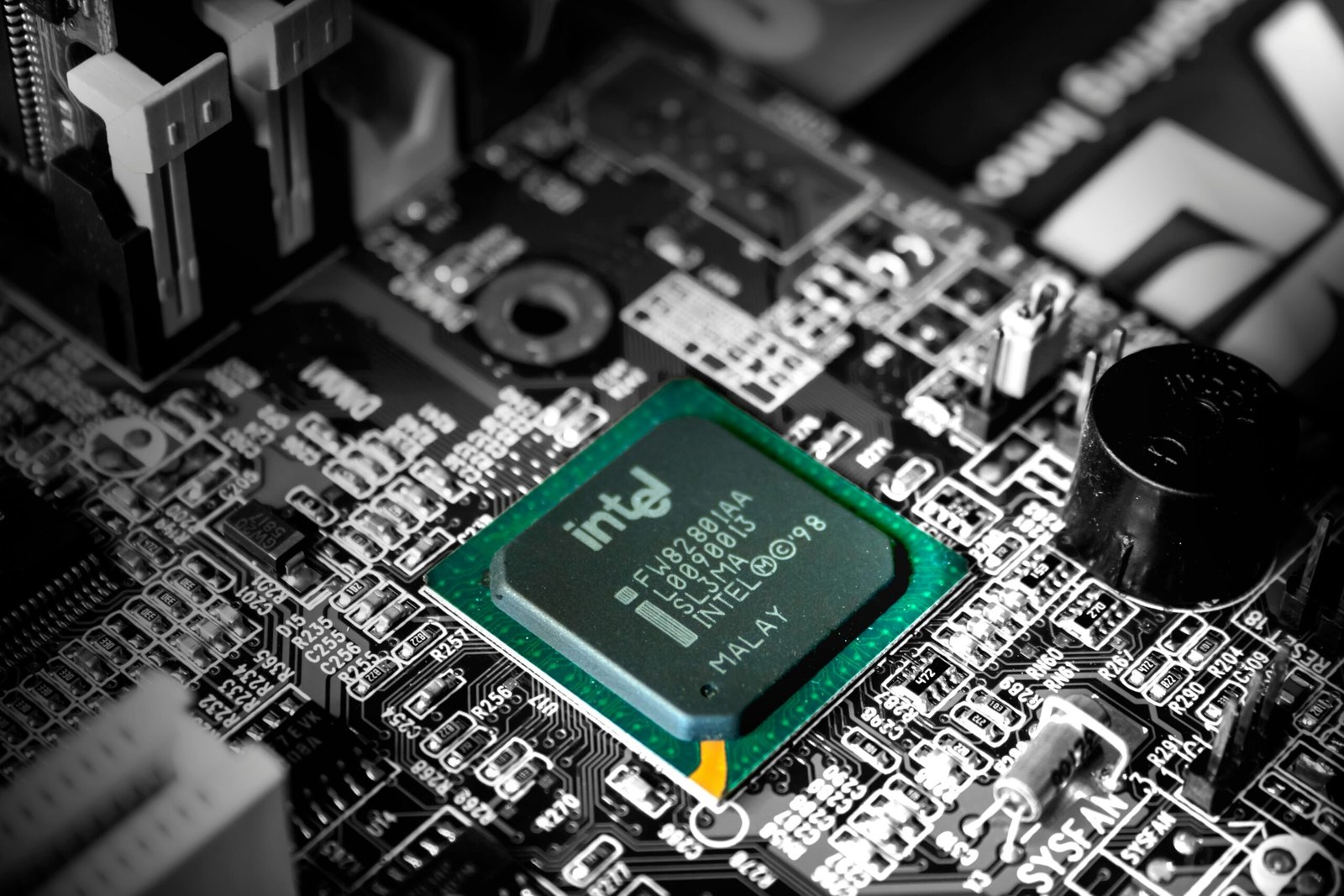Introduction to AI in Autonomous Vehicles
Artificial intelligence (AI) has become a cornerstone in the evolution of autonomous vehicles, fundamentally transforming how these advanced machines operate. Autonomous vehicles, often referred to as self-driving cars, utilize a combination of sensors, computer vision, and AI algorithms to navigate and make decisions without human intervention. This remarkable technology aims to enhance mobility, reduce traffic congestion, and improve road safety. AI plays a critical role in enabling vehicles to interpret their surroundings, understand complex scenarios, and execute driving tasks efficiently.
One of the primary concerns surrounding autonomous vehicles is safety. Many potential consumers are wary of entrusting their lives to a machine, prompting a need for robust AI-driven safety mechanisms. Developers are focused on refining AI models that can predict and respond to unpredictable human behavior on the road. This has led to a rigorous testing process, encompassing simulations and real-world trials to ensure that the AI systems can effectively handle various driving environments and conditions. As these technologies mature, the goal is to instill greater public confidence in their reliability and safety.
In addition to safety, efficiency is another significant aspect that is being addressed. AI algorithms improve route optimization, allowing vehicles to minimize travel time and energy consumption. This is not only beneficial for individuals but also has broader implications for environmental sustainability, as reduced emissions are a critical aim for the automotive industry. Throughout this article, readers will gain insights into the intricate relationship between AI and autonomous vehicles, addressing current challenges and analyzing progress in the field. As we navigate this technological landscape, it is crucial to understand the advancements that have shaped the present state of autonomous driving and the future opportunities that lie ahead.
Key Challenges Facing AI in Autonomous Vehicles
The advent of artificial intelligence (AI) in autonomous vehicles has introduced remarkable advancements, yet it is not without its challenges. One significant technical challenge lies in sensor reliability. Autonomous vehicles rely heavily on various sensors, including LIDAR, radar, and cameras, to perceive their environment. These sensors must consistently gather accurate data under diverse conditions, such as varying weather patterns, lighting conditions, and unexpected obstacles. For instance, inclement weather can inhibit sensor performance, leading to potential safety hazards for both the vehicle and other road users.
Another critical challenge is the data processing capability required for real-time decision-making. Autonomous vehicles generate vast amounts of data from their sensors, necessitating robust computational frameworks to analyze and interpret this data promptly. AI systems must process this information with utmost efficiency to ensure safe navigation, which places significant demands on onboard computational resources. Inadequate processing power can hinder an autonomous vehicle’s ability to react swiftly to rapidly changing scenarios.
Moreover, algorithmic bias poses a crucial ethical challenge within the AI landscape. Autonomous vehicles are trained on vast datasets, which may reflect inherent biases, leading to perceptions and decisions that prioritize certain demographics over others. This raises serious questions about fairness and equity in transportation systems. The need for transparent algorithms and diverse datasets is paramount to mitigate bias.
On the legal front, accountability remains a contentious issue. In instances where autonomous vehicles are involved in accidents, determining liability—whether it lies with the manufacturer, software developer, or vehicle owner—remains complex. Additionally, safety regulations have yet to fully adapt to the nuances presented by AI in autonomous vehicles, complicating the regulatory landscape. Privacy concerns also arise, linked to data collection practices inherent to AI technologies, necessitating frameworks that protect user information.
Recent Progress and Innovations in AI for Autonomous Vehicles
The realm of autonomous vehicles is witnessing remarkable advancements, driven predominantly by innovations in artificial intelligence (AI). These enhancements span various domains, including machine learning, computer vision, and real-time decision-making algorithms. As a consequence, we are not only improving the efficiency of autonomous vehicles but also significantly enhancing their safety profiles, thereby solidifying their place in the modern transportation landscape.
One notable breakthrough is the development of advanced machine learning models capable of processing vast amounts of data in real time. Research indicates that these models can predict potential hazards with up to 95% accuracy, allowing the vehicle to make rapid decisions to mitigate risks. For instance, state-of-the-art algorithms can identify pedestrians, road signs, and other vehicles, ensuring that the autonomous system responds correctly to dynamic traffic situations. According to the latest data from the Institute of Electrical and Electronics Engineers, the accuracy of these systems has improved by over 20% compared to previous iterations, marking a significant achievement in the field.
Moreover, innovations in computer vision are transforming how autonomous vehicles perceive their environments. Leveraging sophisticated image recognition techniques, these vehicles can now discern complex landscapes, enabling them to navigate through urban settings with greater precision. This includes not just detecting obstacles but also understanding lane markings and assessing traffic flow. The fusion of AI with high-definition mapping technologies has resulted in a 30% reduction in navigation errors, showcasing the effectiveness of these integrated approaches.
Leading companies in the autonomous vehicle sector, such as Waymo and Tesla, are actively implementing these AI innovations, yielding promising real-world results. Waymo has reported a 70% reduction in accidents since the deployment of its autonomous taxi service, attributing this success to superior AI-driven enhancements in their systems. These advancements illustrate how AI is not just a concept but a tangible force charting the course for the future of autonomous transportation.
Conclusion: The Future of AI in Autonomous Vehicles
The integration of Artificial Intelligence (AI) in autonomous vehicles represents a significant stride towards transforming transportation. Throughout this discussion, we have explored the vital role AI plays in enabling self-driving cars to navigate complex environments, respond to unforeseen circumstances, and enhance overall road safety. Despite the remarkable advancements, challenges such as regulatory hurdles, ethical considerations, and technological limitations persist, necessitating collaborative efforts from various stakeholders in the industry.
As we look to the future, it is crucial to remember that the successful deployment of AI in autonomous vehicles extends beyond mere technological prowess. Societal acceptance, legislative frameworks, and advancements in infrastructure will significantly influence the trajectory of this evolution. Public perception and trust in these technologies will play a key role in how quickly they are adopted on a wider scale. Thus, ongoing discussions that address safety, privacy, and the implications of widespread automation must continue to be prioritized.
For readers interested in staying abreast of developments within this rapidly evolving field, actively engaging with reliable news sources, following industry leaders on social media, and participating in relevant forums or discussions can provide valuable insights. Furthermore, considering the ethical and social implications of these changes will ensure that we are prepared for the future landscape of transportation. Readers are encouraged to share their thoughts and experiences regarding AI in autonomous vehicles in the comments section below. Additionally, sharing this article on social media can promote informed conversations among peers, fostering a greater understanding and awareness of this pertinent topic.




